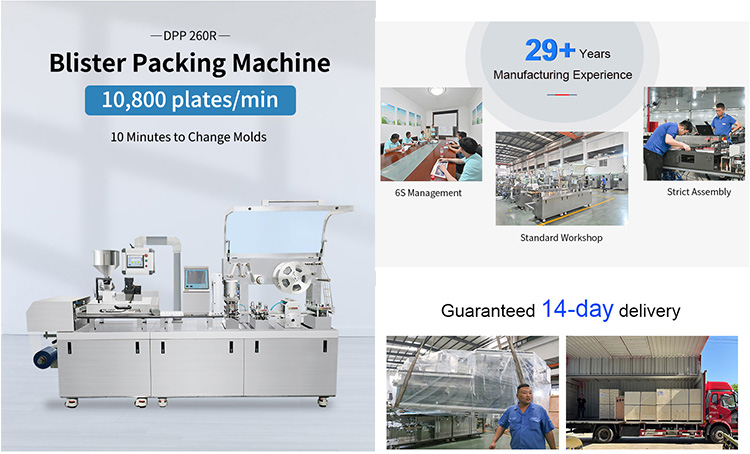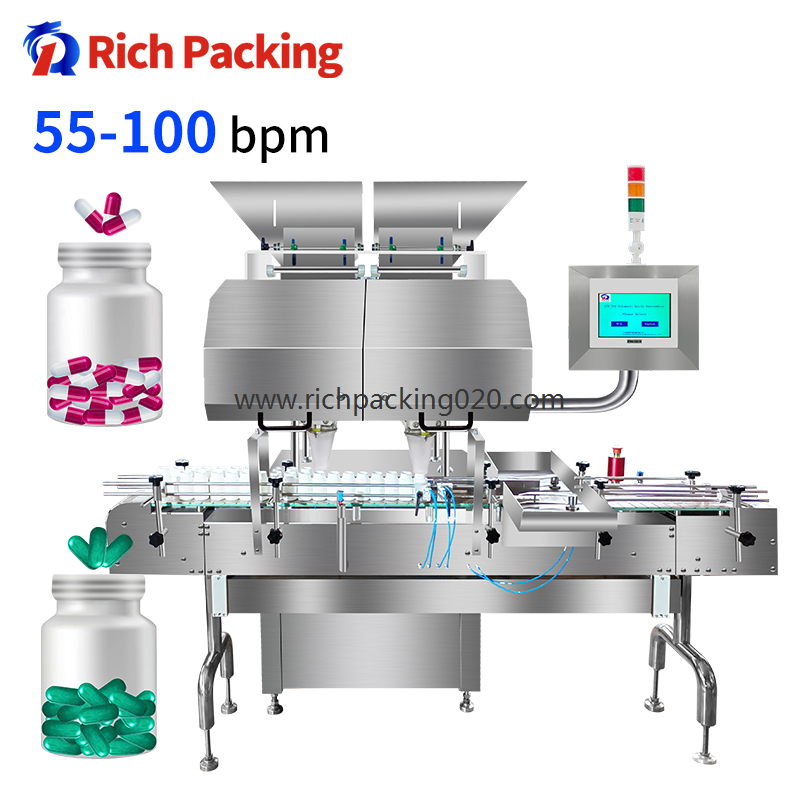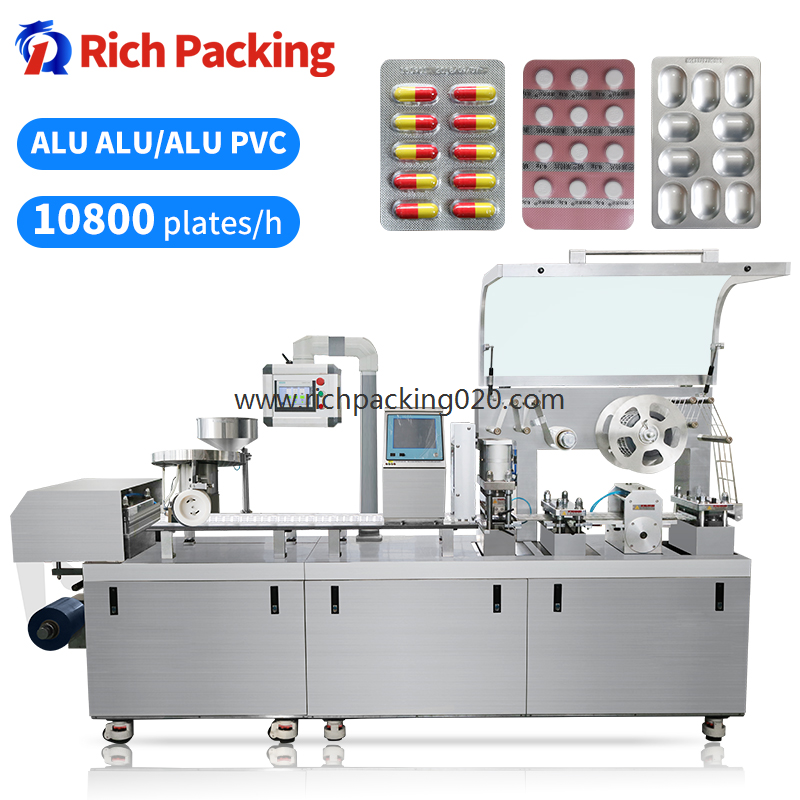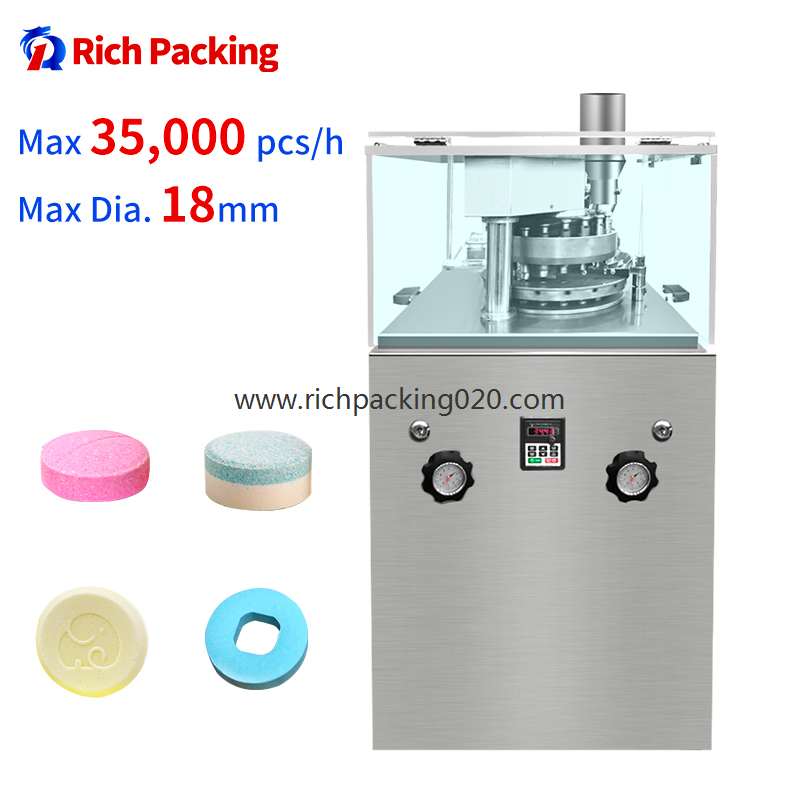HOT PRODUCTS
Details
 Home
> NEWS
> Industry News > Details
Home
> NEWS
> Industry News > Details
Analysis the Problems of Blister Packaging Machine
Analysis the Problems of Blister Packaging Machine
There are many forms of aluminum-plastic blister packaging machines due to different manufacturers, and there are also great differences in the performance level of domestic and foreign products;
At present, the existing aluminum-plastic blister packaging machines can be roughly divided into the following four categories:
Roller continuous aluminum-plastic blister packaging machine (this type has been phased out), plate roller continuous aluminum-plastic blister packaging machine, flat-plate intermittent aluminum-plastic blister packaging machine, flat-plate continuous aluminum-plastic blister packaging machine ( This model is not widely used).
Aluminum-plastic blister packaging machines can be distinguished according to the forming and heat-press sealing methods, and the forming is divided into roller type and flat type.
Flat-type positive pressure forming is better than drum-type vacuum forming;
Heat sealing is also divided into roller type and flat plate type.
According to the production experience, it is found that the aluminum-plastic blister packaging machine is prone to problems in blister forming and heat sealing during use. The following briefly introduces how to solve the blister forming problem.
Blister forming
According to the principle that the blister forming is that the PVC film (hard sheet) is heated and passed through the mold, and then compressed air or vacuum is used to form a blister of the required shape and size. Therefore, when there is a problem with the formed blister, it is necessary to start from the following aspects solve:
(1) Whether the PVC film (hard film) is a qualified product;
(2) Whether the temperature of the heating device is too high or too low;
(3) Whether the surface of the heating device is adhered to PVC;
(4) Whether the forming mold is qualified, whether the forming hole is smooth, and whether the air hole is smooth;
(5) Whether the cooling system of the forming mold works normally and effectively;
(6) Whether the vacuum degree and exhaust rate of the drum-type negative pressure forming can reach the normal value, and whether there is any abnormal loss in the pipeline;
(7) Whether the compressed air for flat positive pressure molding is clean and dry, whether the pressure and flow can reach normal values, and whether there is any abnormal loss in the pipeline;
(8) Whether the flat-type positive pressure forming mold clamps the PVC belt in parallel, and whether there is any air leakage.







